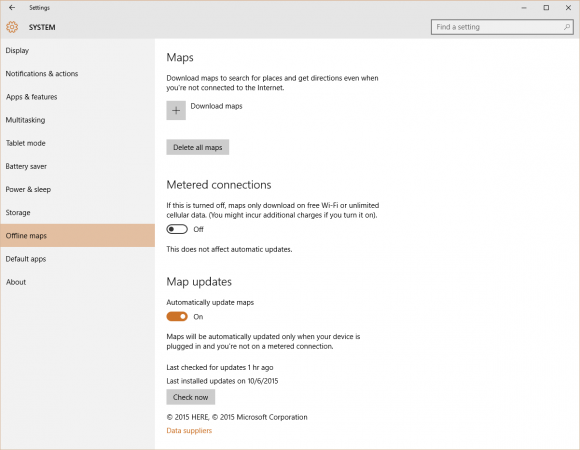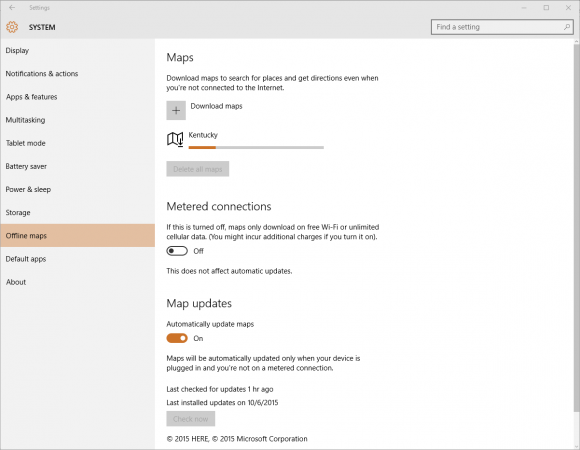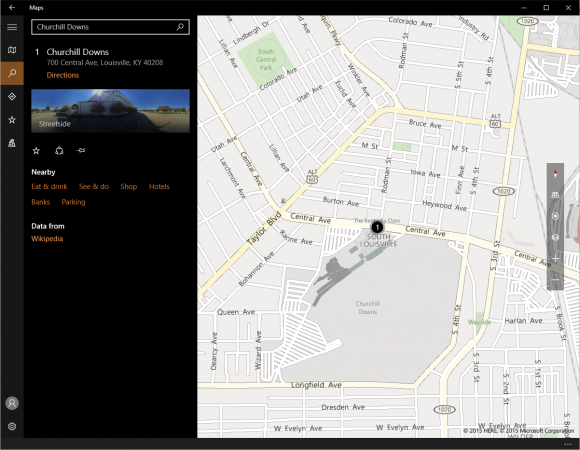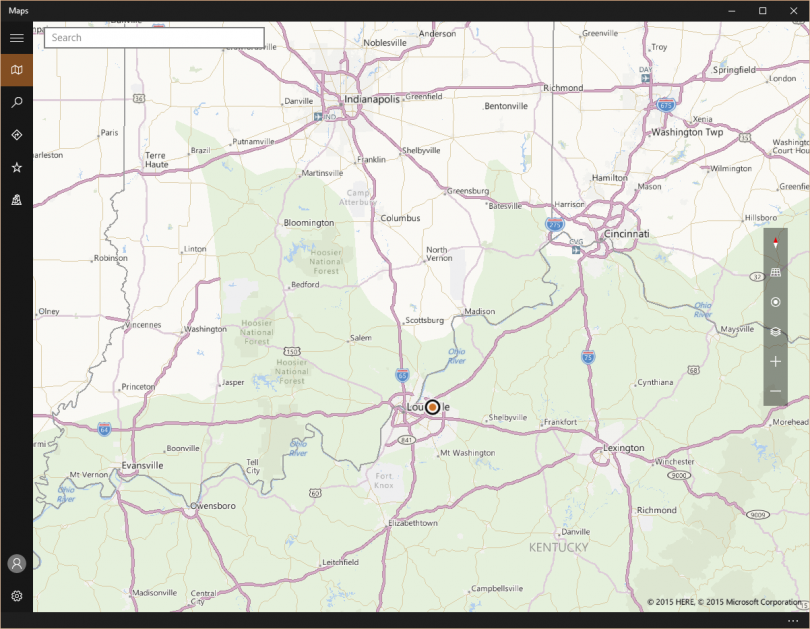aNewDomain — It is difficult to know where you are going if you don’t have a map. And, these days, it is nearly impossible to get a map when you don’t have Internet access. But with Windows 10, you can overcome this dilemma by downloading your maps in advance. Reading your maps in the Windows 10 Maps app offline is as effective as loading the maps as needed from the Internet. So, with a little forethought, you never have to get lost again.
Here is a quick step-by-step guide on how to download maps for offline viewing in Windows 10.
Steps
Navigate to the Windows 10 System Configuration screen. Click or tap the Window icon in the lower left-hand corner and click or tap the Settings menu item. On the Settings screen, click or tap Systems. You will see the System Configuration Screen. Click or tap the menu item Offline Maps.

Now click or tap the Download Maps button to get a list of available maps. You will be required to drill down to your desired map starting with continent, then country, then state, etc. Eventually, you will reach a list that contains your map. Click or tap and it will begin to download.

As you can see, some of the maps are large and the download will likely take a few minutes to complete. You should also note that there is a setting on the Offline maps screen which allows Windows to automatically update your maps. Assuming you have the bandwidth, this would be a setting you should want to leave on.
In addition, if you find yourself not needing a particular downloaded offline map anymore, you can delete it from this screen.
Offline Maps
Once downloaded, your offline maps will be available in the free Windows 10 Maps app, which you can find in your list of apps, or, and this is the easiest way, you can just ask Cortana to search “maps” for you. With the map downloaded it doesn’t matter if you are online or not, you can still get directions to Churchill Downs for example:

Happy travels.
For aNewDomain, I’m Mark Kaelin.
Images: Screenshots captured by Mark Kaelin.
Featured image: Screenshot captured by Mark Kaelin.













